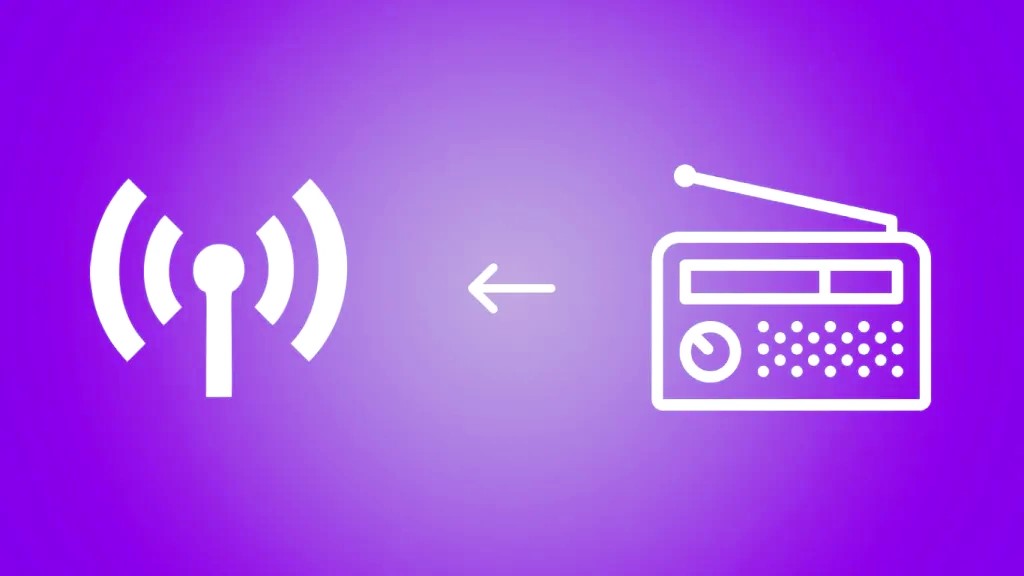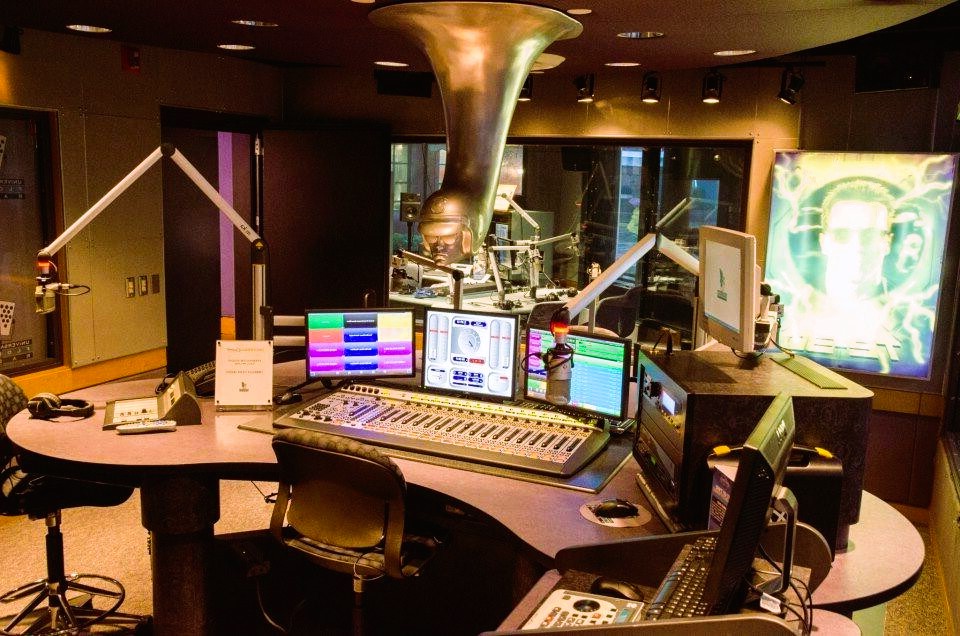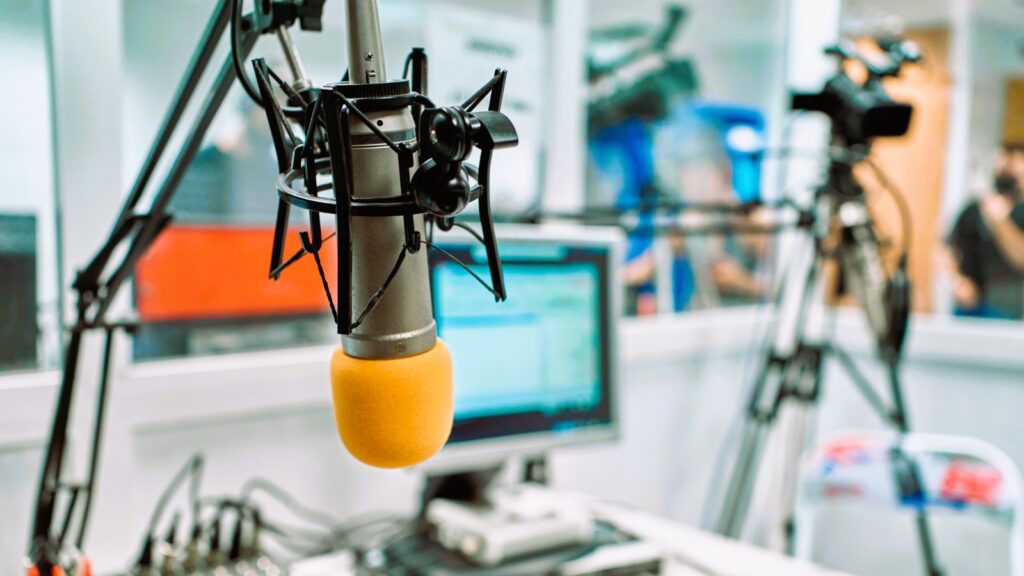
Radio broadcasting has undergone a remarkable evolution since its inception, transitioning from analog technology to digital broadcasting methods. This transformation has revolutionized the way we consume and interact with radio content, offering improved audio quality, greater reliability, and enhanced features for both broadcasters and listeners.
Analog Era:
The history of radio broadcasting traces back to the late 19th century, with the pioneering work of inventors such as Guglielmo Marconi and Nikola Tesla. The early days of radio were characterized by analog transmission methods, which relied on continuous waves to carry audio signals over the airwaves.
Analog radio broadcasting operated on frequencies allocated by regulatory bodies such as the Federal Communications Commission (FCC) in the United States and the International Telecommunication Union (ITU) globally. AM (Amplitude Modulation) and FM (Frequency Modulation) were the two primary modulation techniques used in analog radio transmission.
AM radio, introduced in the early 20th century, became the dominant form of radio broadcasting for several decades. It provided widespread coverage and was known for its ability to transmit over long distances. However, AM signals were susceptible to interference and noise, resulting in lower audio quality.

FM radio, introduced in the mid-20th century, offered improved sound quality and resistance to interference compared to AM. FM broadcasting became popular for music and high-fidelity audio content, attracting a diverse audience of listeners. Studying the diversity of musical genres, read more in our article.
Digital Revolution:
The transition from analog to digital broadcasting began in the late 20th century, driven by advancements in digital technology and the demand for higher-quality audio and more efficient use of radio spectrum.
Digital radio offers several advantages over analog broadcasting, including:
- Improved Audio Quality: Digital radio delivers clearer, more consistent audio quality compared to analog transmissions. Digital audio is less susceptible to noise and interference, resulting in a higher-fidelity listening experience for listeners.
- Enhanced Features: Digital radio enables the transmission of additional data alongside audio signals, allowing broadcasters to offer enhanced features such as song title and artist information, traffic updates, weather forecasts, and interactive content.
- Increased Efficiency: Digital broadcasting techniques, such as Digital Audio Broadcasting (DAB) and HD Radio, allow for more efficient use of radio spectrum, enabling broadcasters to transmit more channels and services within the same frequency band.
- Expanded Coverage: Digital radio can reach areas that may have been underserved by analog broadcasting, thanks to the use of advanced modulation and error-correction techniques.
Several digital radio standards have been developed and adopted worldwide, including:
- Digital Audio Broadcasting (DAB): Developed in Europe, DAB is a digital radio standard that offers multiple channels of high-quality audio and data services.
- HD Radio: Developed by iBiquity Digital Corporation, HD Radio is a digital broadcasting technology used primarily in the United States. It allows broadcasters to transmit digital signals alongside their existing analog signals, providing listeners with additional channels and features.
- Digital Radio Mondiale (DRM): DRM is a digital broadcasting standard designed for shortwave, mediumwave, and longwave radio bands. It offers improved audio quality and coverage compared to analog transmissions.
Future Trends:

The future of radio broadcasting continues to evolve, with ongoing advancements in digital technology and changing consumer preferences shaping the industry. Some emerging trends in radio broadcasting include:
- Internet Radio: The rise of internet radio services and streaming platforms has expanded the reach of radio broadcasting beyond traditional terrestrial and satellite transmissions. Internet radio offers listeners access to a vast array of stations and content from around the world.
- Mobile Broadcasting: With the proliferation of smartphones and mobile devices, broadcasters are exploring new opportunities for delivering radio content to mobile audiences. Mobile broadcasting technologies such as DAB+, HD Radio, and streaming apps allow listeners to access radio stations on the go.
- Hybrid Radio: Hybrid radio combines traditional broadcast radio with internet connectivity, enabling seamless switching between terrestrial and online streams. Hybrid radio receivers can access additional content and features via the internet while maintaining compatibility with existing broadcast infrastructure.
In conclusion, the evolution of radio from analog to digital broadcasting has transformed the medium, offering improved audio quality, enhanced features, and expanded opportunities for broadcasters and listeners alike. As digital technology continues to advance, the future of radio broadcasting promises to be dynamic and innovative, with new possibilities for content delivery and audience engagement.
For more information on radio broadcasting standards and technologies, please visit the following resources:



